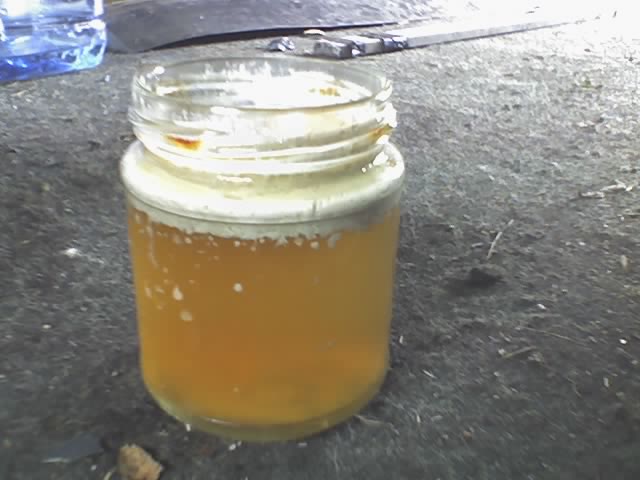sawood12
New member
Now i'm reading this post with lots of interest and it is primarily a learning thread for me as it is looking in great detail at a subject I havn't really considered much in relation to this application but I would like to raise one point/query in relation to the BOV vs. BPV disscussion. My experiance is in Civil Aero Engines where you have a dirty great compressor feeding a combustor, now one question I often get from interested semi-technically minded people is that what stops the expanding gasses in the combustion chamber going forward through the compressor as there is no physical/mechanical restriction like there is in a car engine. The answer is that the physical (considerable) mass of the airflow travelling through the compressor is balanced against the force of the expanding gas in the combustion chamber therefore the expanding gas in the combustion chamber is forced back throught the turbine. Surely it's the same situation on a BPV on a 944? I doubt that it's the case with a BPVand an AFM in the standard set up that the force of the recirculated air from the BPV pushes back on the bard door of the AFM due to the mass of the air travelling up the J pipe. Yes the air is at a higher pressure than the air in the J pipe but if you look at the difference in diameter of the J pipe and the BPV hose the pressue will be immediately dissapated as soon as the air enteres the much bigger volume of the J pipe duct, therefore the air will be diverted back with the incoming airflow in the J pipe towards the turbo. It's worth also bearing in mind that moving air has a lower pressure than static air so the air in the J pipe will be quite a low pressure (less than atmospheric) therefore meaning that the higher pressure differential of the air entering the J pipe from the BPV will mean the pressure is even more quickly be dissapated and therfore sucked the right way up the J pipe. In fact thinking about it what would probably happen is the sudden injection of volume of air into the J Pipe from the BPV will probably slow down the airflow in the J pipe therefore slightly increasing the pressure in it, which maintains the pressure on the turbo inlet.
I'm sure i've missed something fundamental but i'm struggling to understand why, in any setup, a vent-to-atmosphere BOV is a better solution and all it is doing is just wasting high pressure air, which in Aero Engine design is an extremely valuable comodity and one of the overridding design considerations.
I'm sure i've missed something fundamental but i'm struggling to understand why, in any setup, a vent-to-atmosphere BOV is a better solution and all it is doing is just wasting high pressure air, which in Aero Engine design is an extremely valuable comodity and one of the overridding design considerations.


![. [FONT=verdana,geneva"] [FONT=verdana,geneva"]](/forum/styles/default/pcgb/space.gif)








